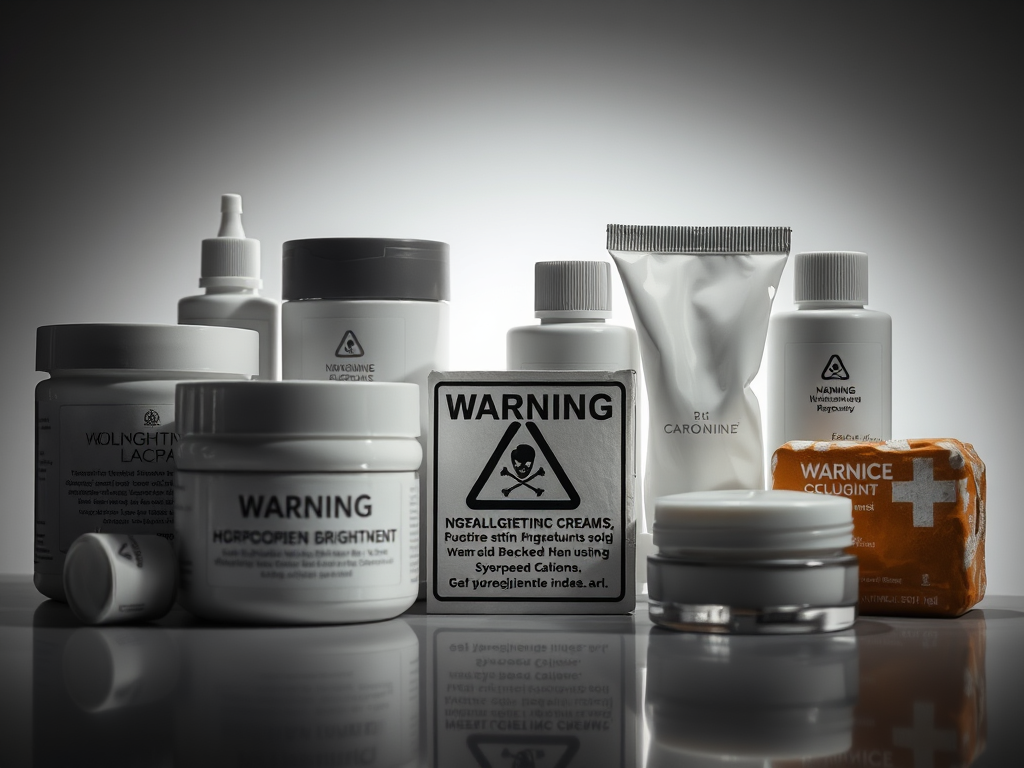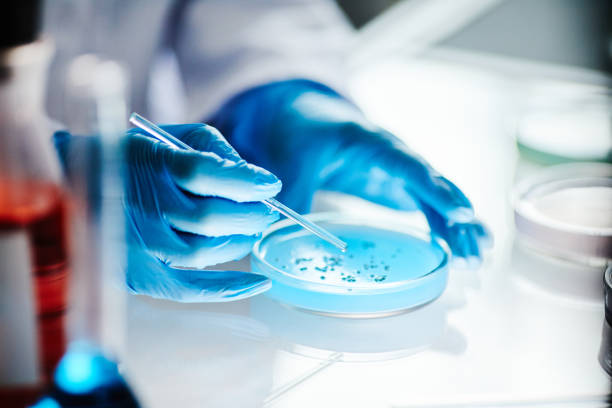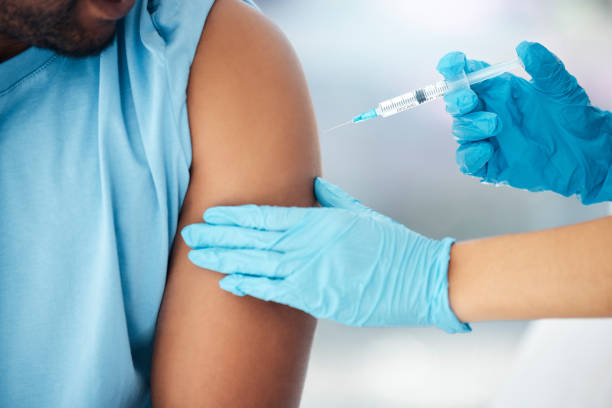The pursuit of lighter skin tone or blemish-free complexion has unfortunately led many to the use of unregulated skin brighteners and treatments in an attempt to achieve a lighter skin tone or a complexion free of imperfections. Despite their claims of rapid results, these products frequently contain harsh, unlisted chemicals that are a serious and frequently underappreciated carcinogenic threat. It is imperative that the pharmaceutical industry shed light on this dangerous trend.
Hydroquinone is one of the most detrimental culprits present in a lot of unregulated skin-brightening products. Under close medical supervision, prescribed hydroquinone may be safe, but unregulated use—often in high concentrations—is extremely problematic. Ochronosis, a permanent disfiguring darkening of the skin, and—more concerningly—an increased risk of squamous cell carcinoma have been linked to long-term exposure to hydroquinone (Draelos, Z. D. 2014). Combining hydroquinone with other harsh ingredients increases this risk even more.
Mercury is another hazardous component that is commonly present in these illegal goods. Mercury compounds, which are frequently sold as “calomel,” lighten skin by preventing the production of melanin. There are various types of skin-lightening products, such as soaps and creams. The soap may be sold as “antiseptic soap”. These products are supposed to be applied to the skin to dry overnight. Both women and men use the soap to wash their hair, arms, face or entire body.
Mercury can also be found as a preservative in eye makeup cleaning products and cosmetics for the eye area, like mascara. However, mercury is a strong neurotoxin, and topical application can result in systemic absorption, which can cause neurological disorders, kidney damage, and—most importantly—a probable human carcinogen, according to the International Agency for Research on Cancer (IARC).
Adverse health effects of the inorganic mercury contained in skin lightening creams and soaps include: kidney damage, skin rashes, skin discolouration and scarring, reduction in the skin’s resistance to bacterial and fungal infections, anxiety, depression, peripheral neuropathy and a heightened susceptibility to skin cancers.
Beyond these well-known toxins, many unregulated products contain undisclosed corticosteroids, leading to skin thinning, impaired wound healing, and increased vulnerability to infections, which can create an environment conducive to cellular mutations.(American Academy of Dermatology Association 2014). Furthermore, the lack of quality control in their production means these products may also be contaminated with heavy metals and other harmful substances, compounding the carcinogenic risk.
The terrible long-term effects are frequently overshadowed by the appeal of quick results. These unregulated brighteners are a risk to one’s health, in contrast to regulated pharmaceutical products that go through extensive testing for safety and efficacy. People must put their health before ephemeral cosmetic preferences. The only responsible way to achieve healthier skin free from the dreadful shadow of cancer is to consult with licensed dermatologists and choose regulated, scientifically proven treatments.
References:
[1] Draelos, Z. D. (2014). Hydroquinone and Melanocyte Toxicity. Journal of the American Academy of Dermatology, 70(4), 787-788.
Schwartz C, Jan A, Zito PM. Hydroquinone. [Updated 2023 Aug 22]. In: StatPearls [Internet]. Treasure Island (FL): StatPearls Publishing; 2025 Jan-. Available from: https://www.ncbi.nlm.nih.gov/books/NBK539693/
[2] World Health Organization. (2019). Mercury in skin lightening products. Retrieved from https://www.who.int/publications/i/item/mercury-in-skin-lightening-products
[3] International Agency for Research on Cancer. (n.d.). Agents Classified by the IARC Monographs, Volumes 1–135. Retrieved from https://monographs.iarc.who.int/agents-classified-by-the-iarc/
[4] American Academy of Dermatology Association(2014). Corticosteroid cream: Are there any side effects?. Retrieved from https://www.aad.org/public/diseases/eczema/treatment/steroid-creams/side-effects





